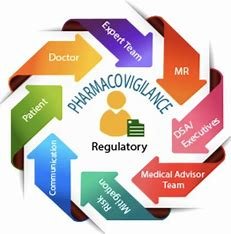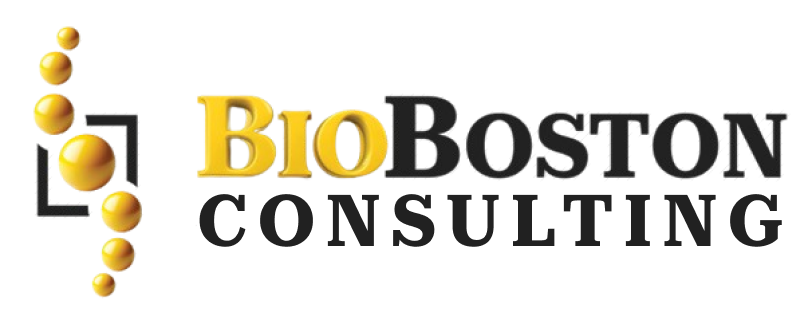Explore the latest trends in pharmacovigilance, including AI, real-world evidence, and patient-centric approaches, shaping drug safety in the life sciences industry.
Learn how Pharmacovigilance is changing the life science industry and get ahead of the curve in the world of life science industry where safety and efficiency of pharmaceutical products holds crucial nature. What all this tells us is that in the ever-changing, complex fabric of global pharmacovigilance, staying apprised of the most recent developments is non-negotiable. In this article, written by our quality and regulatory consulting firm, we reveal the world-changing trends in global pharmacovigilance that are shaping how the industry looks at safety.
Pharmacovigilance: an essential ingredient
Before jumping into the present trends in pharmacovigilance, let us know more about pharmacovigilance. Organically, pharmacovigilance or the drug safety surveillance is the scientific process of monitoring, assessing and preventing adverse effects of other medication problems. It is an essential part of the life science industry and makes sure patients are provided with safe and efficient drugs.
The field of pharmacovigilance has undergone multiple shifts over the years and its evolution is still ongoing. In this article, we take a walk-through on how these changes will be influencing the industry in 2023 and beyond.
1. Artificial intelligence and advanced data analytics
Data is king in the digital age and so is data even in pharmacovigilance. There is a transformation happening across the industry that is at its core centered on advanced data analytics and Artificial Intelligence. These technologies are changing how adverse events are detected and investigated.
The algorithms, which use data from sources such as electronic health records, social media and medical literature, can notice safety issues more quickly than is now the case.
Not only this speeds up the reporting, but it also improves signal detection due to less errors. We are a consulting firm that employs AI-powered pharmacovigilance systems with proven track records to leverage data for companies.
2. Integration of Real-Word Evidence (RWE)
Another major trend includes the incorporation of real-world evidence in pharmacovigilance operations. Real-world evidence (RWE) comes from outside traditional clinical trials like electronic health records and patient registries. Including RWE provides a more holistic view of how safe the drug is in use.
Global regulatory bodies are utilizing RWE to gauge both safety and effectiveness of a drug like never before. Our services help clients tackle the challenges of RWE integration and keep up with shifting regulatory requirements.
3. Regulatory Harmonization
With pharmaceutical companies increasing their global reach, regulatory compliance is a multi-faceted issue. International harmonization of pharmacovigilance regulations is important for simplifying the processes and maintaining a consistent approach to monitoring drug safety across regions.
The International Council for Harmonisation of Technical Requirements for Pharmaceuticals for Human Use (ICH) is helping to address the variability in pharmacovigilance practices. We are a consulting firm that supports customers when it comes to international regulatory compliance.
4. Patient-Centric Approach
Patient-centricity has been a major trajectory in pharmacovigilance lately. Now patients will become part of the decision-making process, no longer just a passive receiver of medicines. They offer unique perspective and experiences in recognizing and contextualizing adverse events.
Today, pharmaceutical companies are turning up to patients directly through social media, patient advocacy groups and other patient channels to collect real-world evidence. Here at our firm, we can help you to create patient engagement programmes that will improve your pharmacovigilance.
5. Enhanced Signal Management
Signal detection is the process of deliberate recognition, evaluation and prioritisation of safety signals. The industry is paying more attention to improvements of signal management processes as they could be key for early detection of safety concerns.
Our consultancy has expertise in implementing robust signal management systems for timely and accurate signal detection. Through customized Signaling Detection Algorithms and Risk Assessment Frameworks, we collaborate with our partners to co-create the algorithms and risk measures.
6. Risk Minimization Strategies
The pharmacovigilance field is increasingly favouring proactive risk-mitigation exercises. These are not only strategies to reduce the frequency of negative events, but also effective responses when they occur. Pharmacovigilance now includes risk minimization plans, such as Risk Evaluation and Mitigation Strategies (REMS).
Developing and implementing risk minimization strategies is where our law firm has unrivaled expertise in the uniquely challenging needs of pharmaceutical companies.
7. Digital Transformation
One trend of particular note is the digitization of pharmacovigilance. Pharmacovigilance operations are now associated with automation, cloud-based systems where we can perform the electronic data capture. Such processes would be not only automated but also improved in terms of accuracy of final output and data security, because the verification would happen against on online digital fingerprint.
We are a consulting firm to help our clients go through this digital transformation journey and compliance with data privacy regulation as well best practices in the industry.
Conclusion
To wrap it all up — pharmacovigilance is in the mix of a big transformation, prompted by technologic advances, regulatory reconsiderations and patient safety. It is imperative that pharmaceutical companies keep abreast of these underlying trends in the global economy if they wish to maintain reigning levels of safety and efficacy for their products.
We can assist you in that journey with a little help from our quality and regulatory consulting firm. From leveraging cutting-edge data analytics and artificial intelligence to guarantee global compliance, we custom-build the most optimum pharmacovigilance solution for you in a constantly changing scenario.
Get in touch with us now, to drive better drug safety and regulatory compliance towards the ever changing landscape of life sciences. This commitment to pharmacovigilance excellence is the key to more secure and safer tomorrow.
Get in touch with BioBoston Consulting or visit our home page for more information on how we can help your company.


